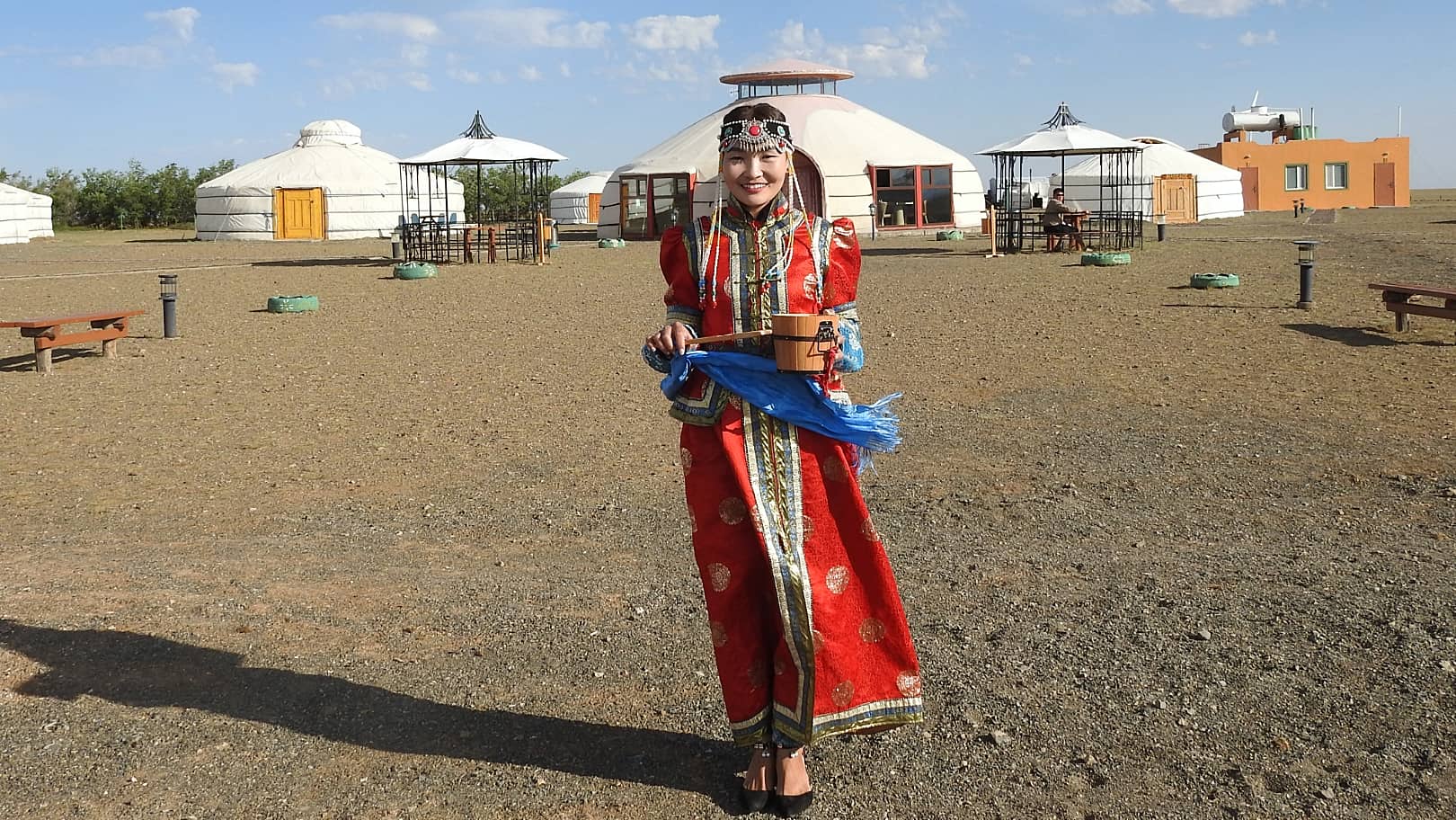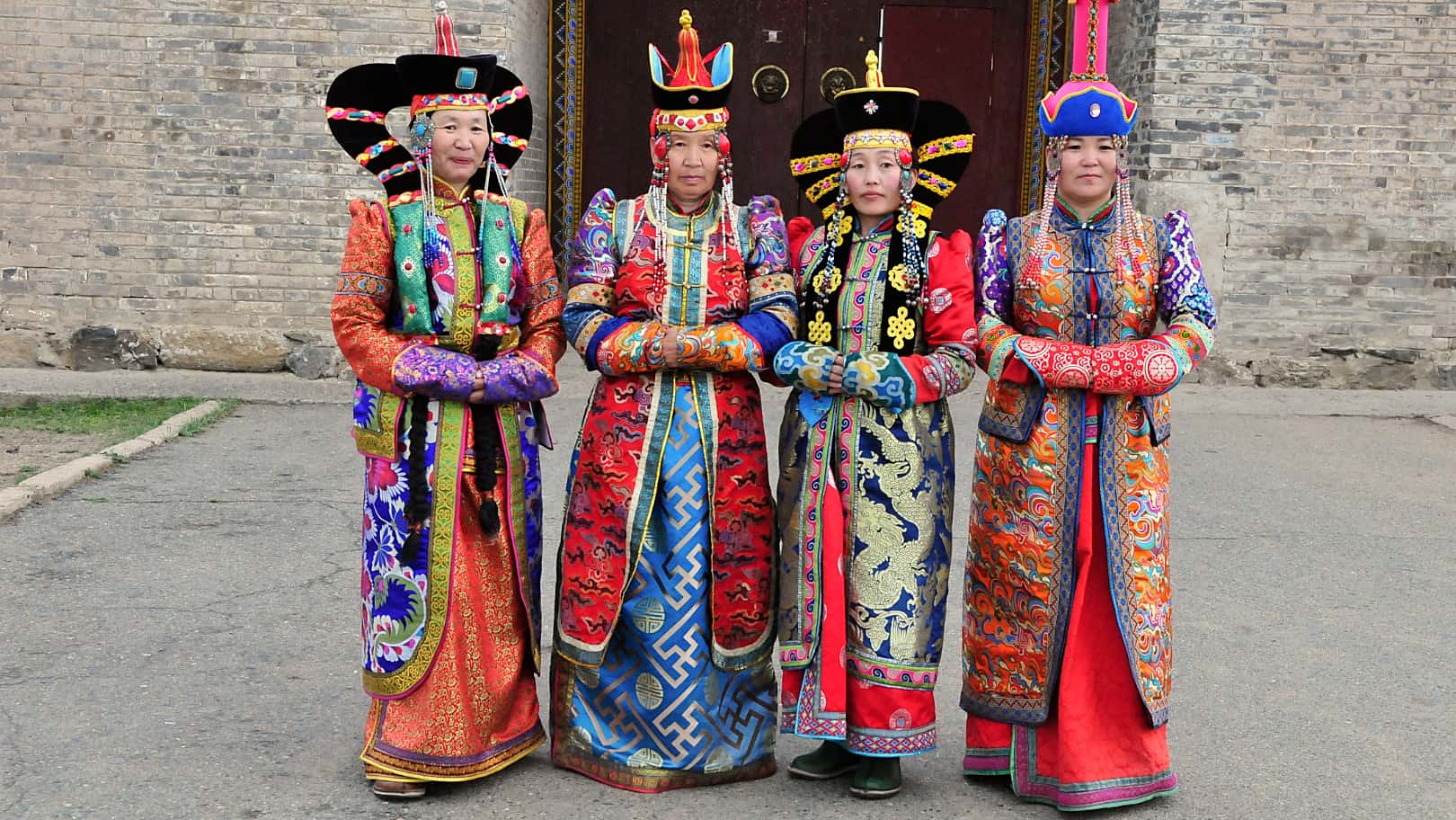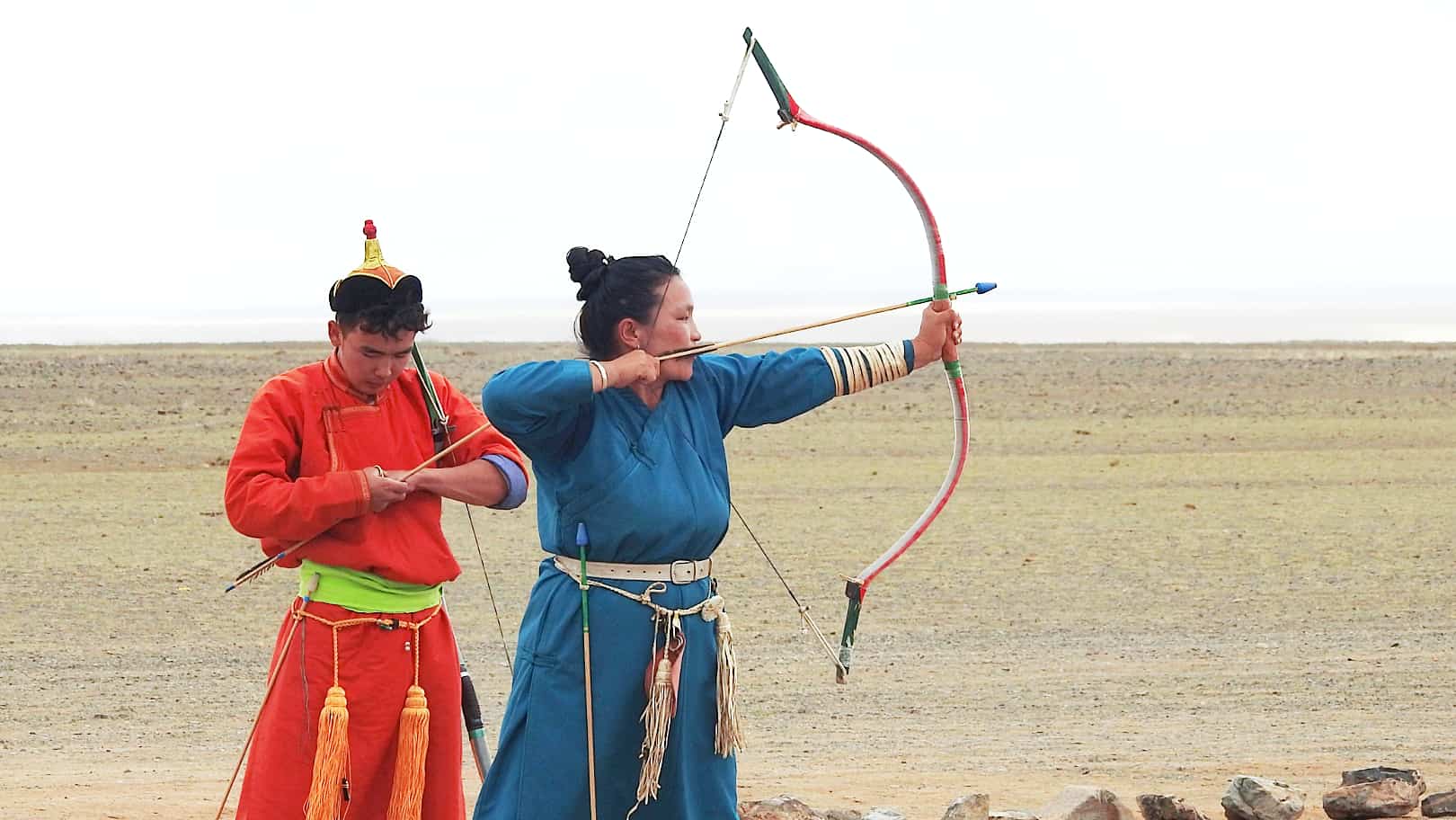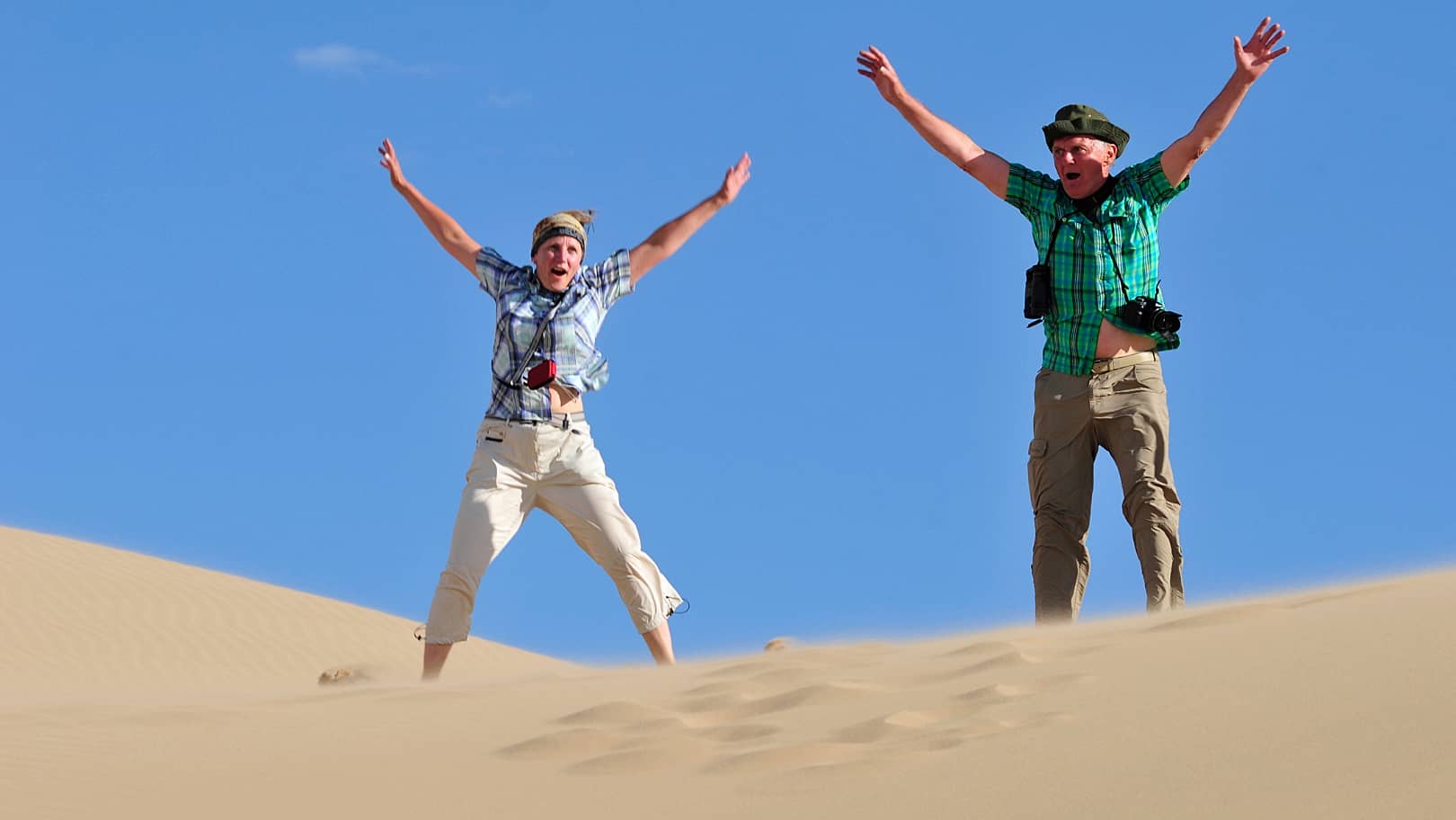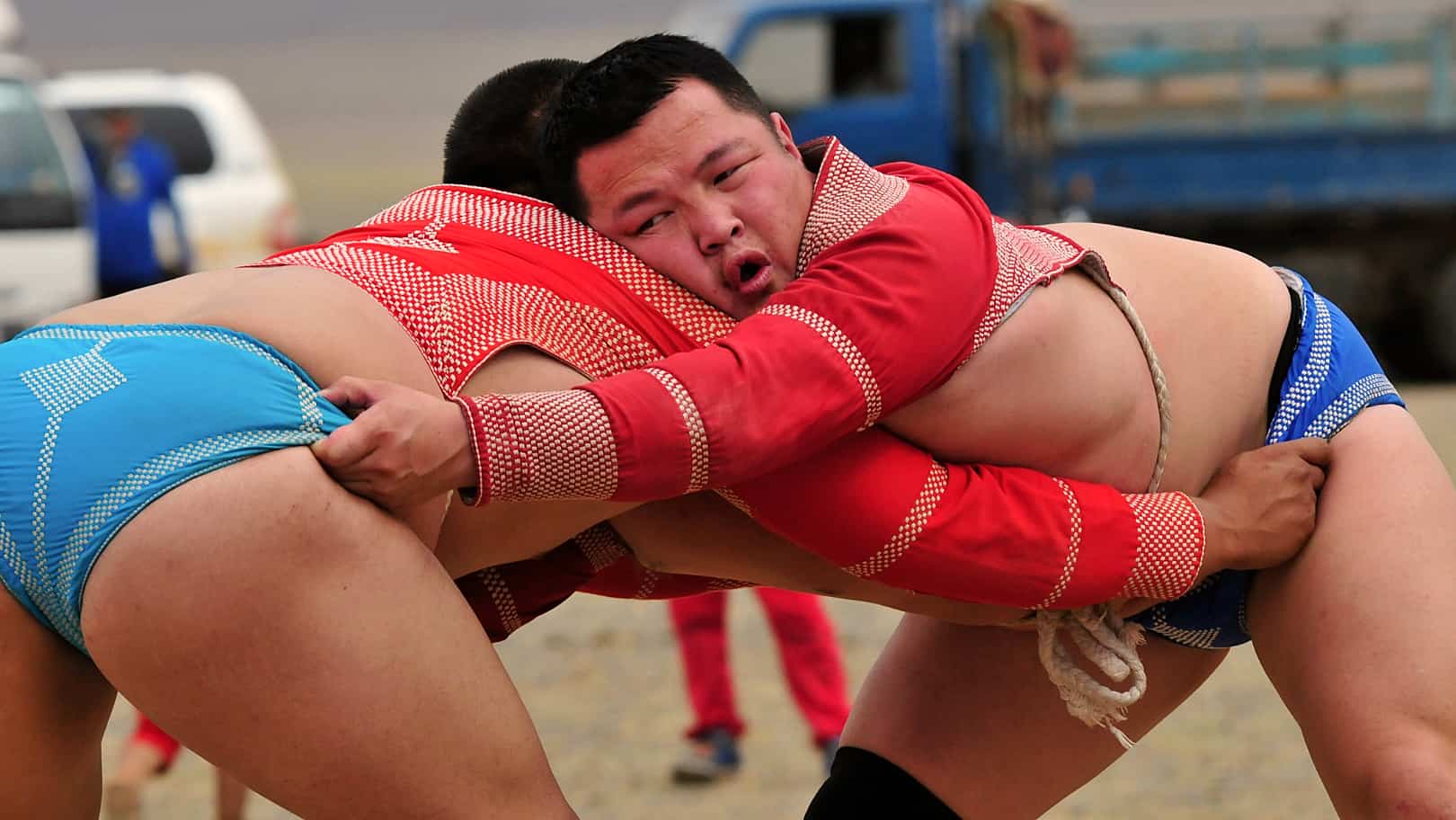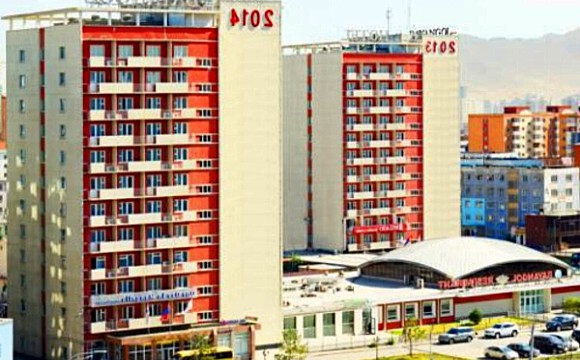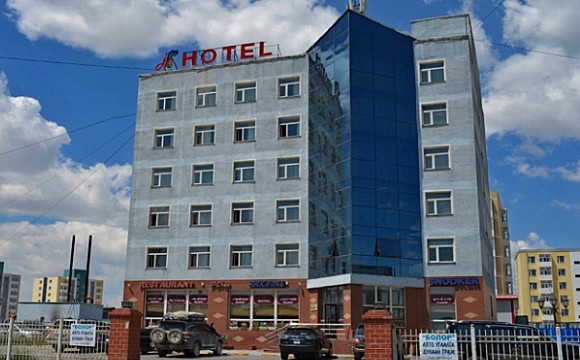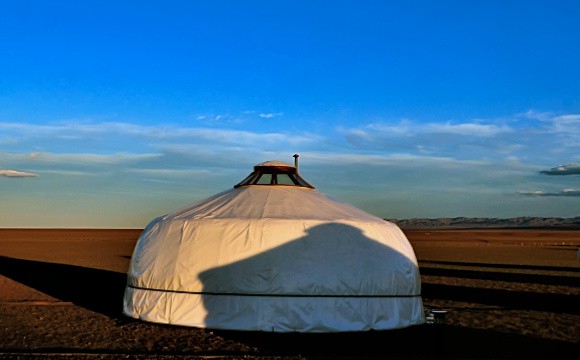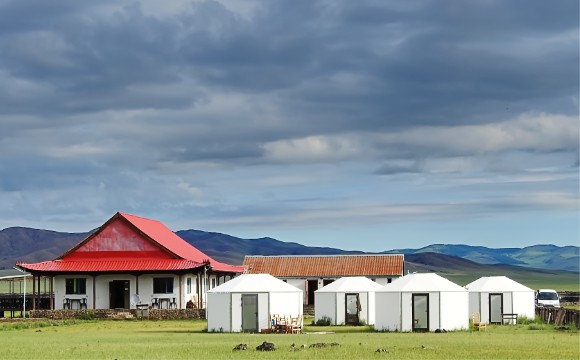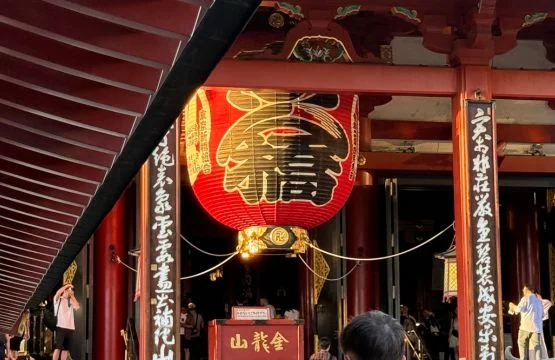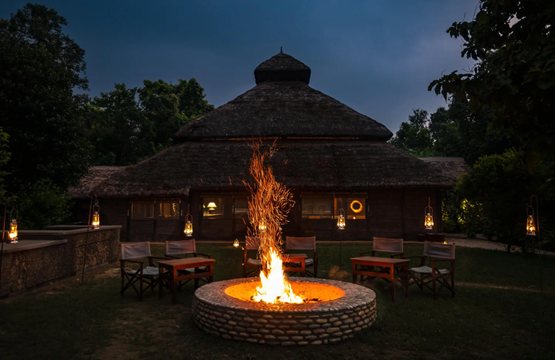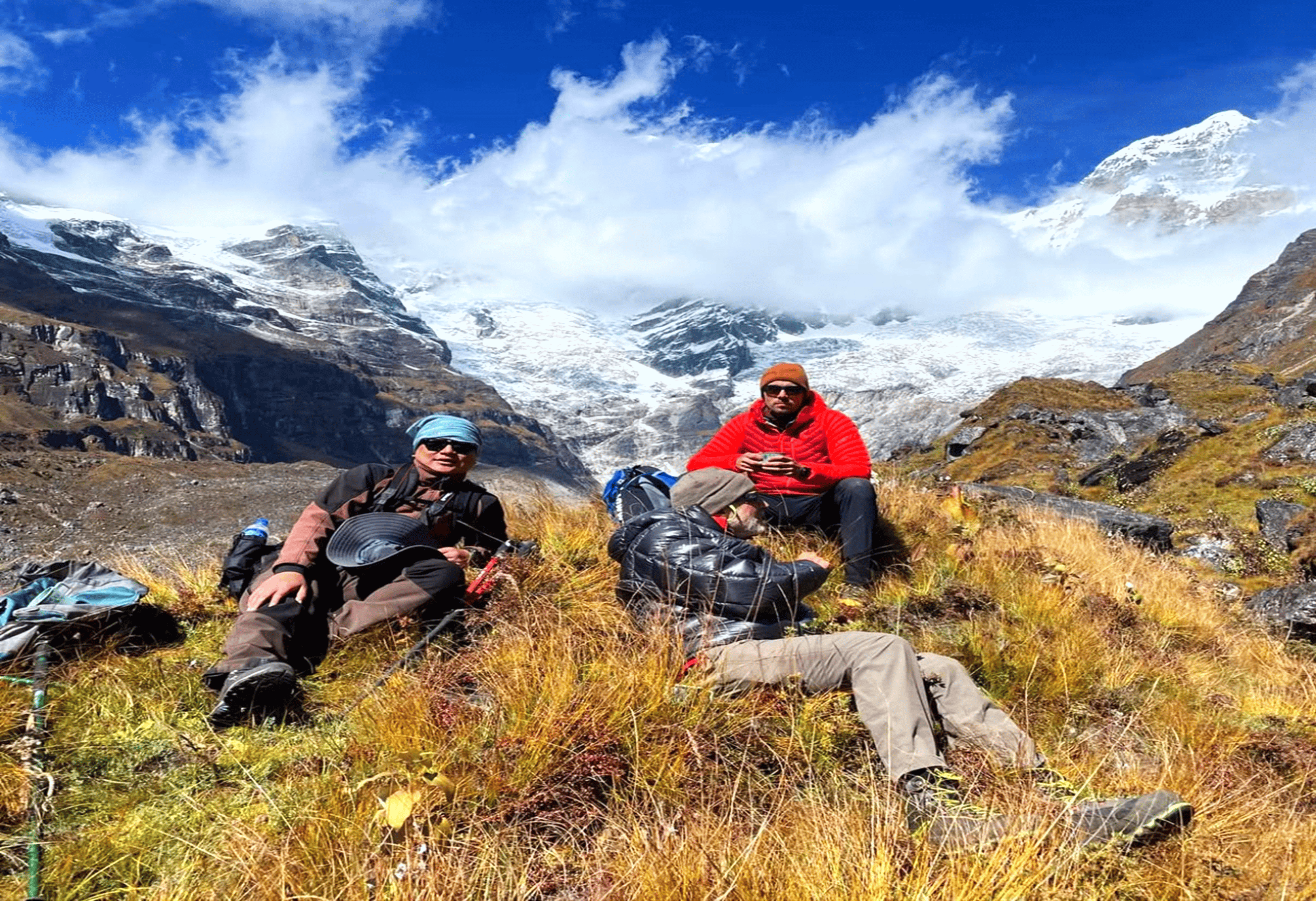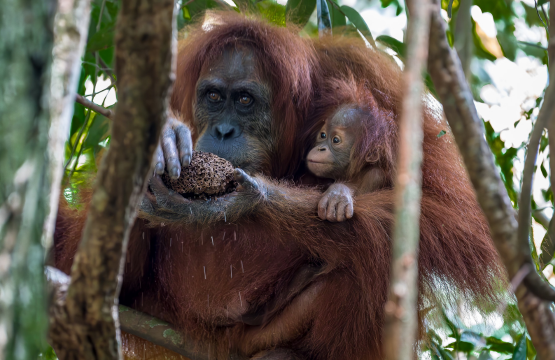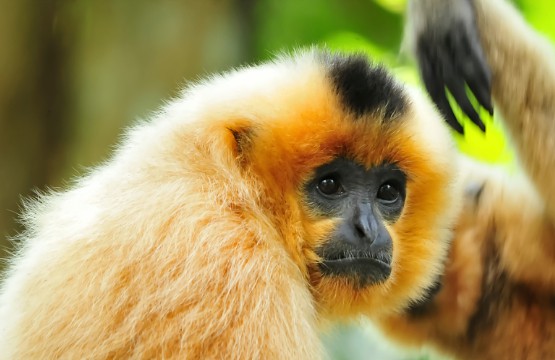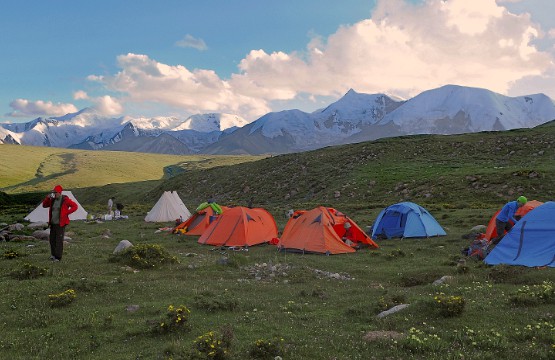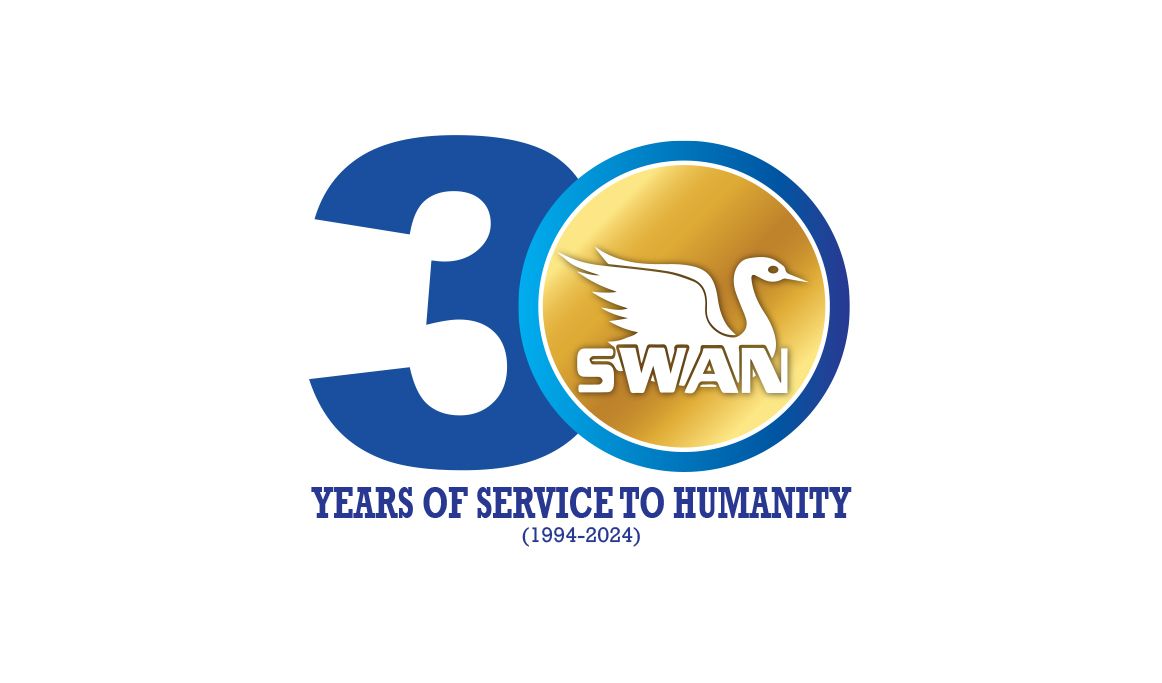Wonders of Mongolia: Nature, Culture & Adventure New Trip
Wonders of Mongolia: Nature, Culture & Adventure is a transformative journey that unveils the best of Mongolia—from the bustling capital Ulaanbaatar to the ancient heart of the Orkhon Valley, across the expansive Gobi Desert, and through UNESCO-listed heritage landscapes. This unique adventure highlights the harmony between Mongolia’s untouched natural beauty... More
Wonders of Mongolia: Nature, Culture & Adventure is a transformative journey that unveils the best of Mongolia—from the bustling capital Ulaanbaatar to the ancient heart of the Orkhon Valley, across the expansive Gobi Desert, and through UNESCO-listed heritage landscapes.
This unique adventure highlights the harmony between Mongolia’s untouched natural beauty and its rich cultural heritage. From ancient cities and sacred valleys to desert dunes and nomadic life, the Wonders of Mongolia: Nature, Culture & Adventure will leave you with memories for a lifetime.
The journey begins in Ulaanbaatar, blending Buddhist traditions with modern city life. Heading west, you’ll witness breathtaking contrasts—lush meadows, sand dunes, rocky valleys, and snow-capped peaks.
Explore Elsen Tasarkhai, a surreal desert in the mountains, and marvel at Ugii Nuur, a Ramsar wetland rich in birdlife. Then, delve deep into the Gobi Desert, one of the world’s most misunderstood landscapes. Contrary to popular belief, sandy deserts occupy only 3% of Mongolia’s Gobi region, which is home to over 33 diverse ecosystems. Encounter camels, wild asses, mountain sheep, and the occasional snow leopard.
Don’t miss Gobi Gurvan Saikhan National Park, a massive protected area with soaring cliffs and deep gorges. The Flaming Cliffs, named for their vibrant red color at sunset, are famous for dinosaur fossils and eggs discovered here since the 1920s.
The Orkhon Valley, a UNESCO World Cultural Heritage Site, is the cradle of Central Asian nomadic civilizations. Settled since the 3rd century BC, it was home to the Huns, Turks, Uighurs, and Mongols.
Explore Kharkhorin (Karakorum)—the 13th-century capital built by Genghis Khan. Here, trade along the Silk Road flourished, and empires were governed. Discover ancient temples, archaeological ruins, and sacred monuments that document 100,000 years of nomadic history.
The valley’s open spaces, wild rivers, and fertile lands have shaped Mongolian identity for centuries.
A major highlight of this Wonders of Mongolia: Nature, Culture & Adventure Tour is the chance to immerse yourself in authentic nomadic life. Stay in Ger camps, sleep under the stars, ride camels or horses, and share meals with local herding families.
LessGiving back to the communities is our responsibility!
With every trip, you also support the SWAN and thus projects for Sustainable Community development and Biodiversity protection.
Our primary NGO partner is Social Welfare Association of Nepal (SWAN), with whom we have carried out multiple CSR (Corporate Social Responsibility) projects. Besides carrying out regular CSR activities in the areas of education and women empowerment, we have supported relief and rehabilitation initiatives in the aftermath of several natural disasters like earthquake, immediate response to COVID-19 pandemic across Nepal.
Giving something back to the world is a special and responsible affair of travel-to-nature Asia right from its inception. When you travel with travel-to-nature Asia and SWAN-Nepal, you become an integral force for change in addressing the most pressing social and wildlife conservation issues. Your tourism funds help transform the future of under-privileged and marginalized communities and transform the future of at-risk natural places you travel. Portion of our profit flows to local communities who live with and steward nature, creating jobs and improving livelihoods.
By joining one of our holidays you are playing a vital role in bringing positive changes in the lives of local community.
